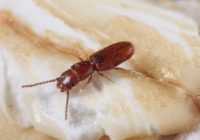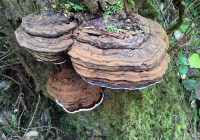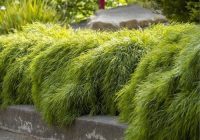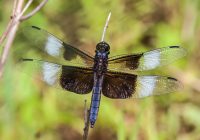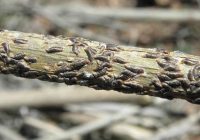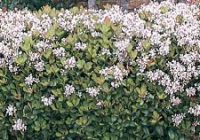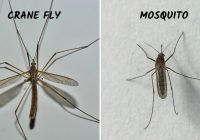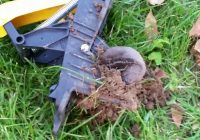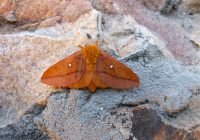Flat Grain Beetle Life Cycle, Size, Damage, Management
The other name of the flat green beetle is Cryptolestes pusillus. The classification order of this beetle is Coleoptera. Laemophloeidae is the family of this insect. The reddish-brown adults of the flat green beetle are small in size ranging from 1.5 to 2.0 mm. It has long antennae which are bead-like in shape. On the head of the… Read More »

